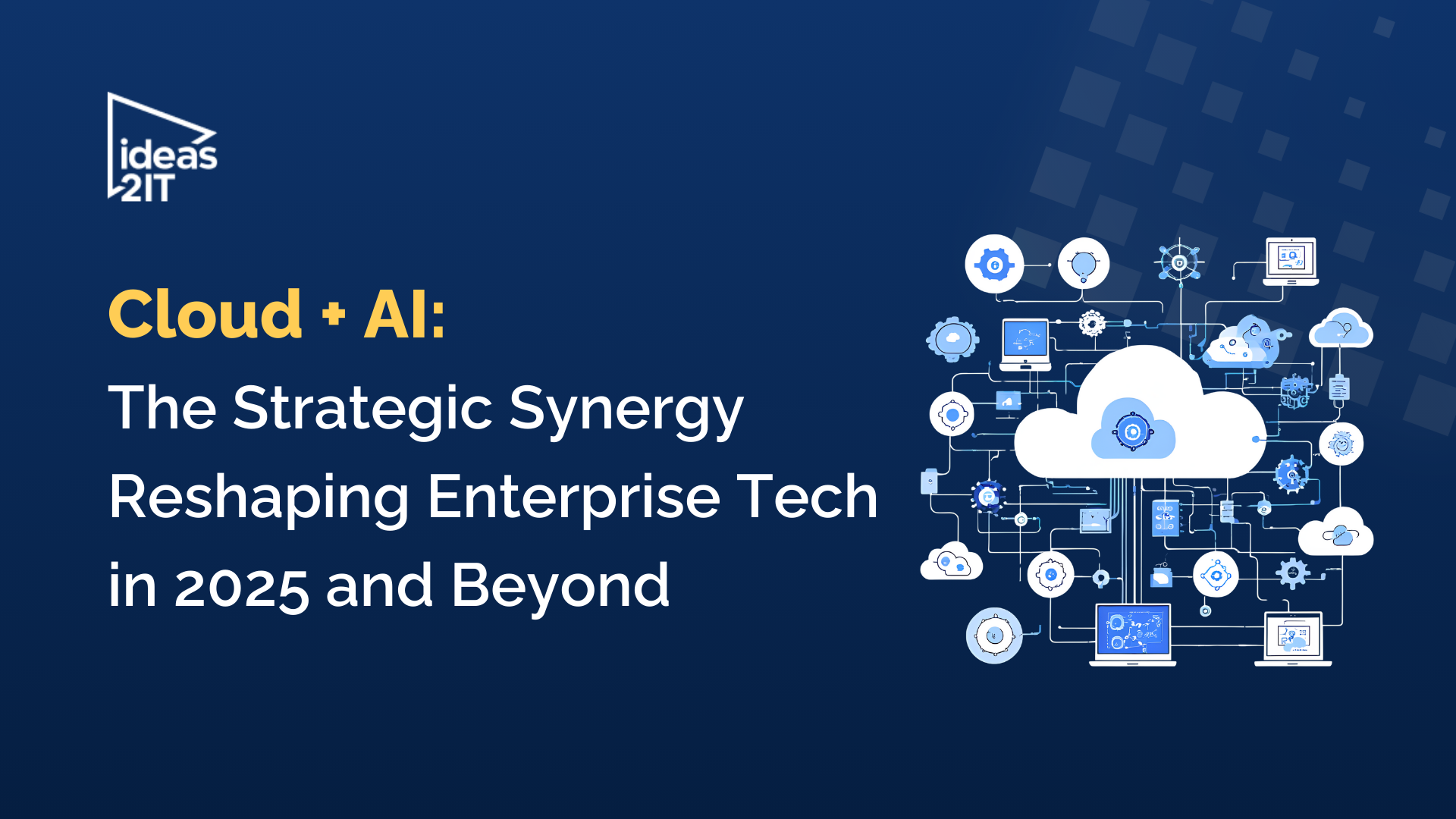Serverless Computing: Pros, Cons, and Key Considerations
TL'DR
There is always a buzz when a new design paradigm comes into being. Either the design paradigm is beaten to death or it stands the test of time as the next best thing. In the recent times we see in the horizon a slew of applications which claim them to be Serverless. In a time period where everybody is in some phase of Cloudifying their applications, the term Serverless sounds out of time and confusing. Serverless computing leverages cloud technology to manage the back-end operations of websites or apps. In this model, you set up events that trigger your code, and the serverless platform handles execution. Your costs adjust based on usage, scaling up or down as needed.
Despite the name "serverless," the model does involve servers managed by cloud providers. However, you don’t need to invest in or maintain these servers yourself. Due to this, some experts prefer the term "Function as a Service" (FaaS) to describe this technology.
Serverless computing is widely adopted, with a 2019 survey revealing that 40% of respondents worked for companies utilizing some form of serverless architecture, often citing cost savings as a major advantage.
- Low operation costs due to what-you-use-is-what-you-pay model
- Separation of concerns among deployed functions
- No requirement of Ops
Looking at the disadvantages
- As already noted, there is a latency involved in spawning a container.
- Different FaaS vendors have different not-interoperable implementations leading to vendor lock-in post development.
- Security is also on a lower end when compared to Client-Server architecture, but this is not just unique to FaaS.
After the above overview on FaaS, it’s logical to ask whether it suits all the applications. The answer would be No and Yes. Many applications by its nature are well suited for FaaS architecture. Typical example might be an IoT device with its sporadic events. But, most applications of the yesteryear don’t, at least with their current designs. Certain effort would be required to rethink current applications to fit this architecture.Is it worthy?By definition functions are stateless. They operate on a stimulus and gives a output. But, most applications need some kind of a state in the backend. To alleviate this shortcoming we might have to depend on some other service for maintaining state. The point to consider here is that the service we depend upon might not be inherently scalable, hence undermining the benefits of FaaS. Already people have started drawing parallels to Stored Procedures for being similar and the challenges it possesses.Lot many vendors are jumping in to offer FaaS-based offerings. The forerunners are
Each of these products is in various levels of maturity and flavors. But the entire FaaS ecosystem itself is not mature enough. FaaS has a lot of raw potentials, but it still lacks good tooling, a solid CI/CD process, and good practices to follow, but this is not so surprising. No wonder, in the recently released Gartner's famed Hype Cycle for Cloud Computing, Serverless has been categorized as "On the Rise".In the next couple of years can say whether Serverless Architecture or FaaS will sail through.Are you looking to build a great product or service? Do you foresee technical challenges? If you answered yes to the above questions, then you must talk to us. We are a world-class custom software development company. We take up projects that are in our area of expertise. We know what we are good at and more importantly what we are not. We carefully choose projects where we strongly believe that we can add value. And not just in engineering but also in terms of how well we understand the domain. Book a free consultation with us today. Let's work together.








%20Hybrid%20Cloud%20Strategies%20for%20Modernizing%20Legacy%20Applications.avif)
%20Application%20Containerization_%20How%20To%20Streamline%20Your%20Development.avif)















